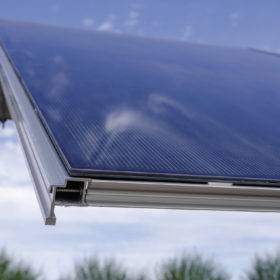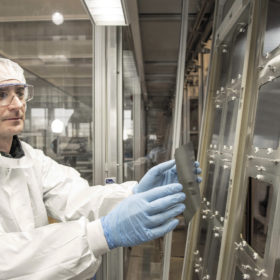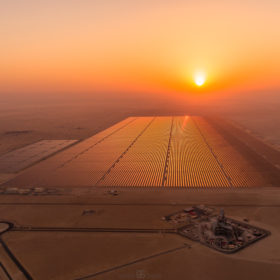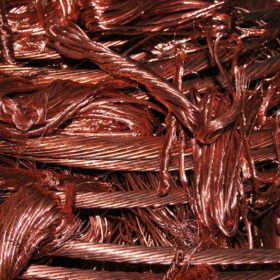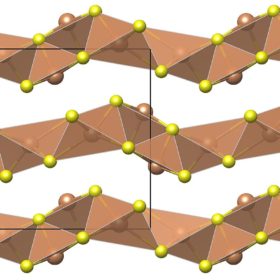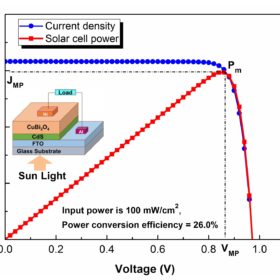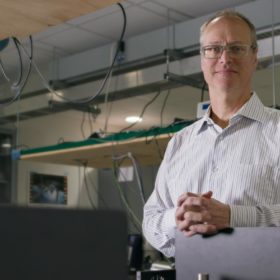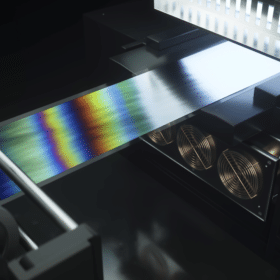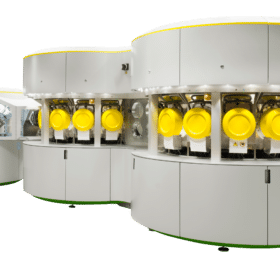The role of chlorine in thin film solar
Scientists in the UK have explained the mechanism behind chlorine used to boost the efficiency of cadmium telluride thin-film solar cells. With new understanding of the chemical processes at work in the manufacturing process, the group hopes to be able to push for cell efficiencies beyond 25%.
The implications of a messy Meyer Burger-Oxford PV divorce for European perovskites
Last week’s announcement Oxford PV wants to wind up its “exclusive cooperation” with Meyer Burger after the fit out of its 100 MW German factory points to a potential divergence in strategies. And with Meyer Burger considering legal action in response, it could result in a messy, disruptive separation.
‘Low-cost renewable hydrogen may already be in reach’
If the three record-busting low solar price tariffs recorded in the Middle East in the past 18 months are to be believed, renewables-powered hydrogen in prime sites in the region could already compete with gas-plus-CCS production, according to IRENA. Has the Gulf discovered the new petrol?
IEA highlights solar’s dependence on Chinese copper processing
The sheer volume of new power lines which will be required to accommodate the rising tide of solar installations ensures copper has been included by the International Energy Agency on its list of minerals which must keep flowing if the energy transition is to stay on course. And it’s not production that’s the potential bottleneck.
Antimony selenide solar cell with 6.4% efficiency
Scientists in the United States have fabricated a solar cell using antimony selenide films with favorable crystalline properties. They achieved the remarkable conversion efficiency for this early-stage PV material by focusing on the selenization temperature.
Heterojunction design for 26%-efficient copper bismuth oxide thin-film solar cell
Researchers in Bangladesh have simulated a solar cell based on a copper bismuth oxide material, used as an absorber, with n-type cadmium sulfide (CdS) utilized as a buffer layer. In the experiment, the device achieved an efficiency of 26.0%, an open-circuit voltage of 0.97 V, a short-circuit current density of 31.61 milliampere per square centimeter, and a fill factor of 84.58%.
Avancis claims 19.64% efficiency for CIGS module
The German manufacturer said the result was confirmed by the US National Renewable Energy Laboratory. The achieved efficiency is claimed to be a world record for a CIGS panel with an integrated series connection of 30×30 cm.
Space-based PV sheets with power output of 1,000 W/kg
U.S. researchers are developing thin-film PV technologies to create lightweight solar sheets to support communication satellites and wirelessly transmit power to Earth-based receivers. A space-based solar array could include tens of millions of sheets, with a capacity of up to 800 MW.
UK solar innovator planning unique thin film pilot
UK-based company Power Roll has picked up £5.8 million in investment over the past six months and plans to begin pilot production this year. The company has developed a unique flexible thin-film technology, which promises to combine both solar generation and storage.
Midsummer ships CIGS production line to Russia
The production equipment was bought by Russian nanotechnology specialist Rusnano. The line will be used to produce BIPV modules at a factory in the Republic of Mordovia.
